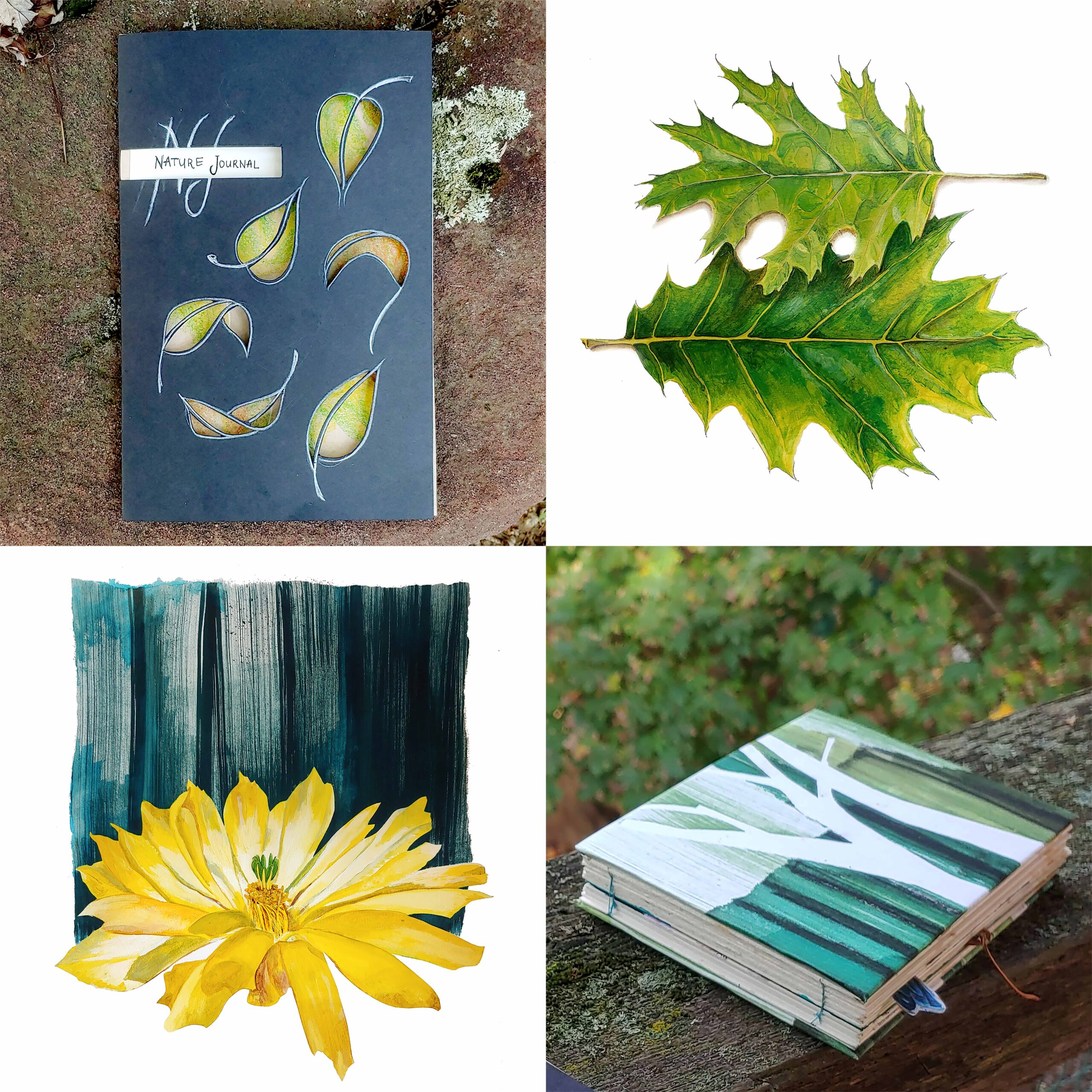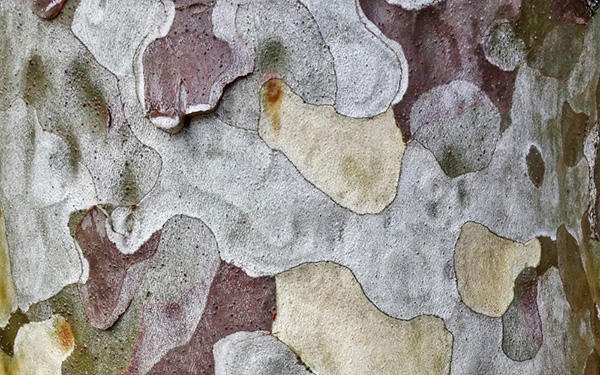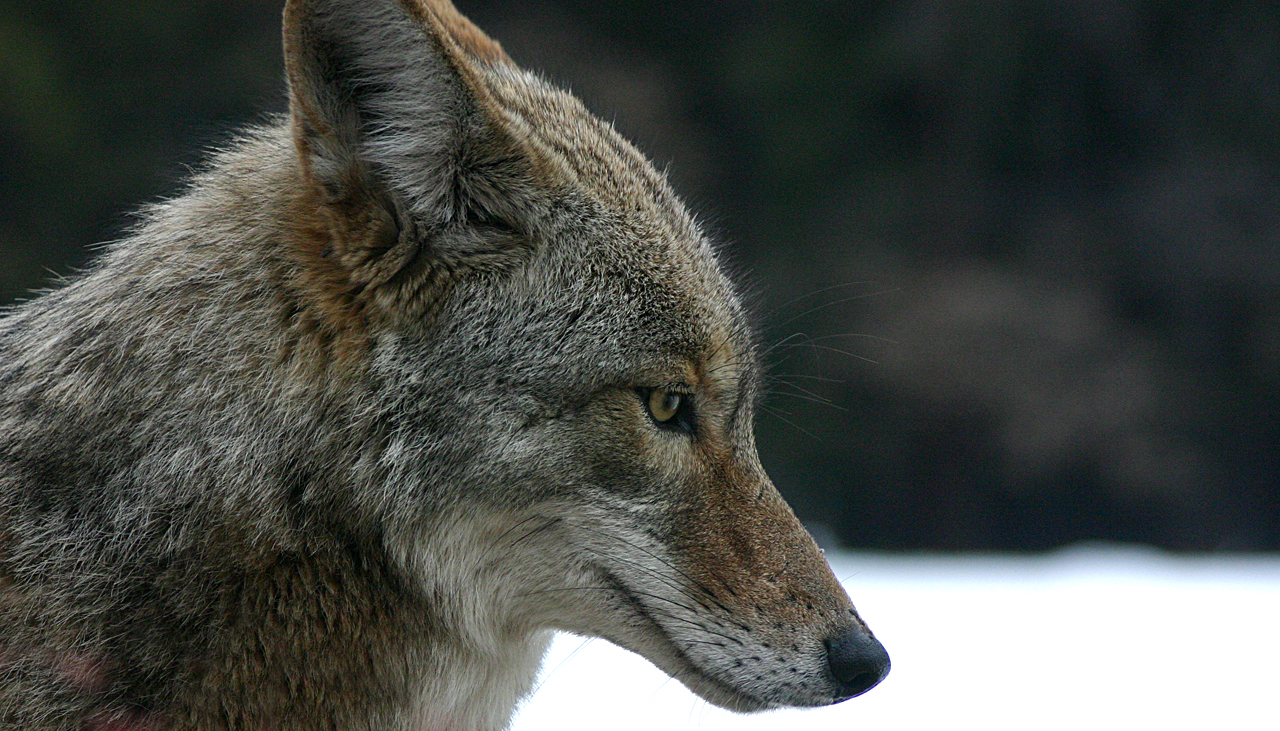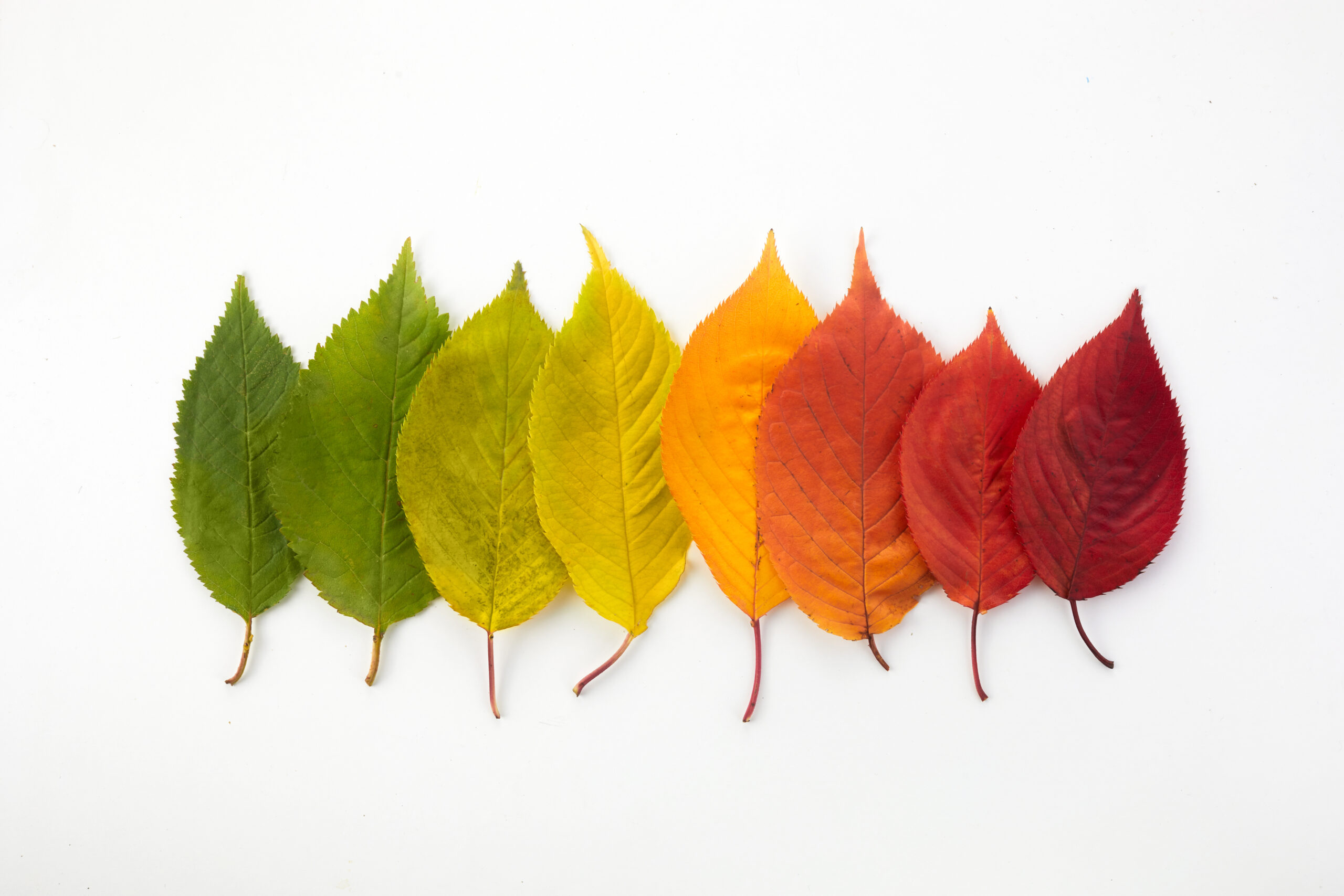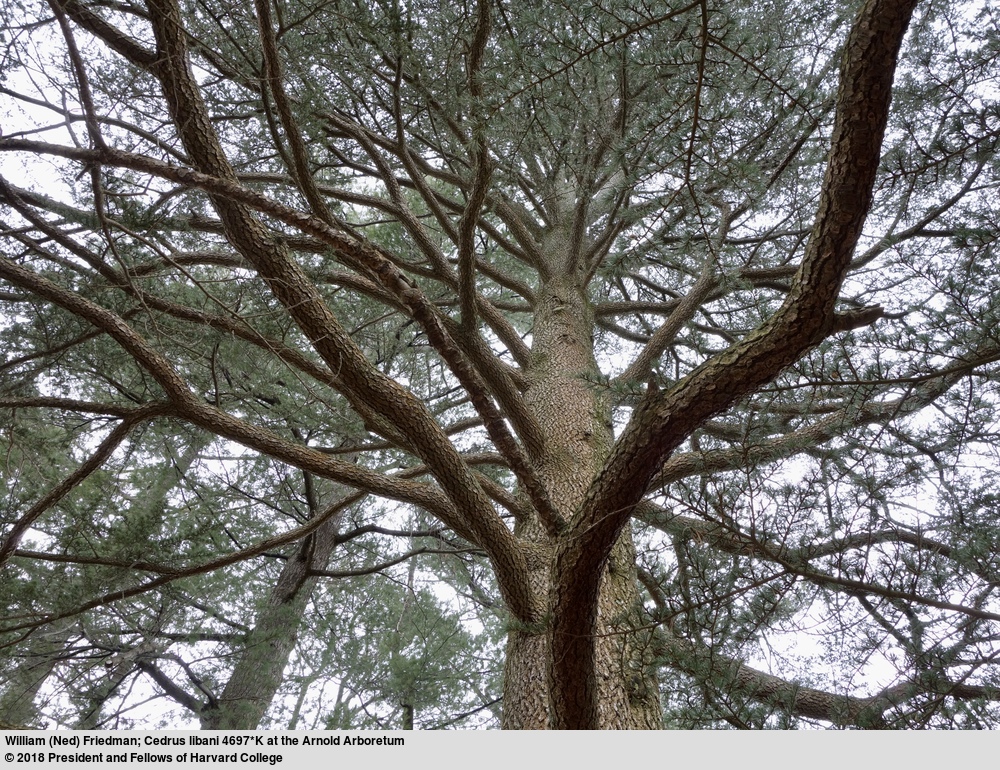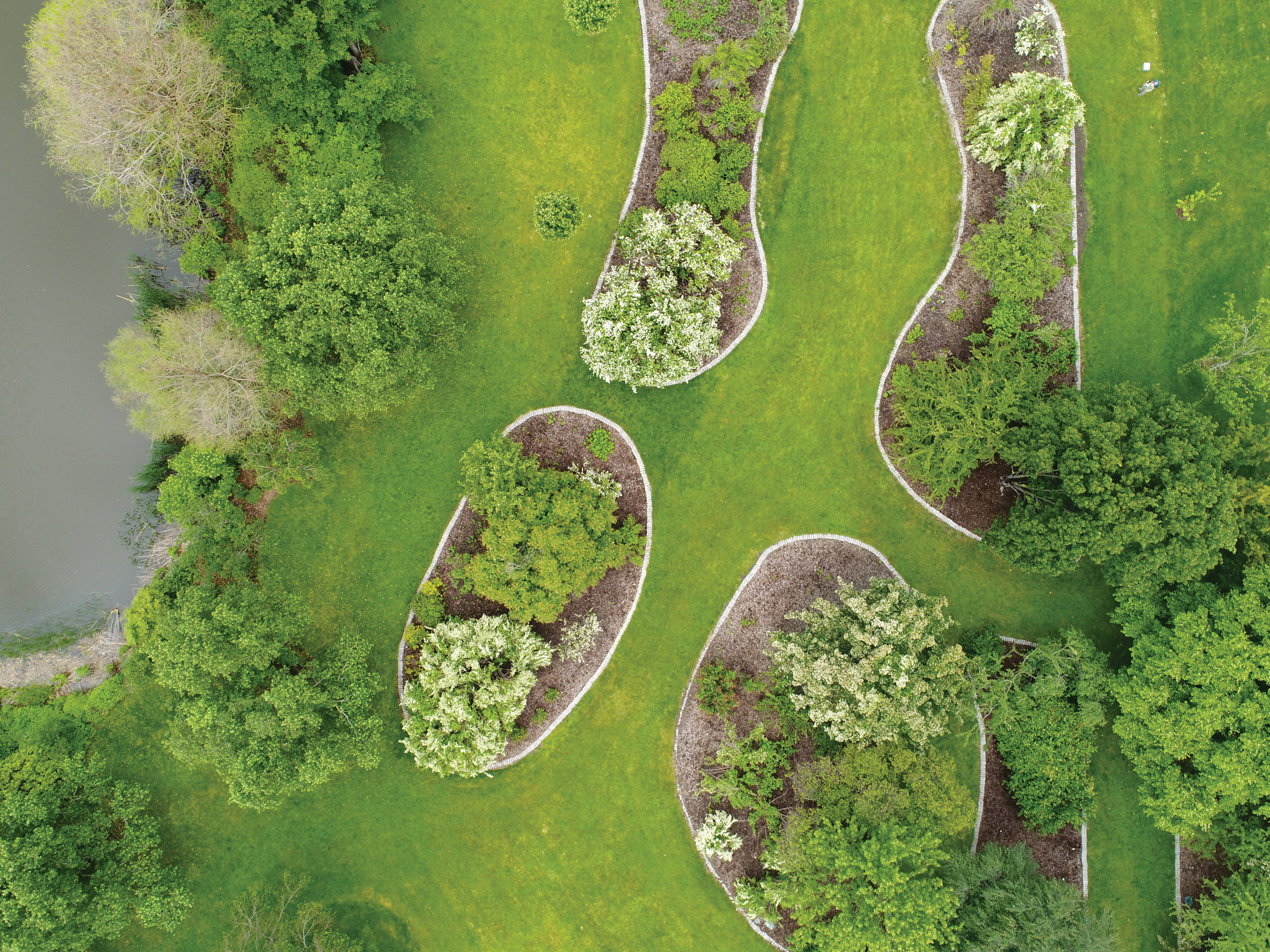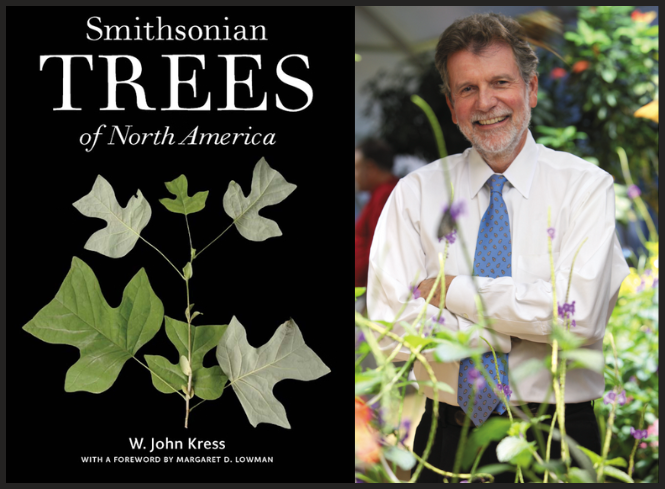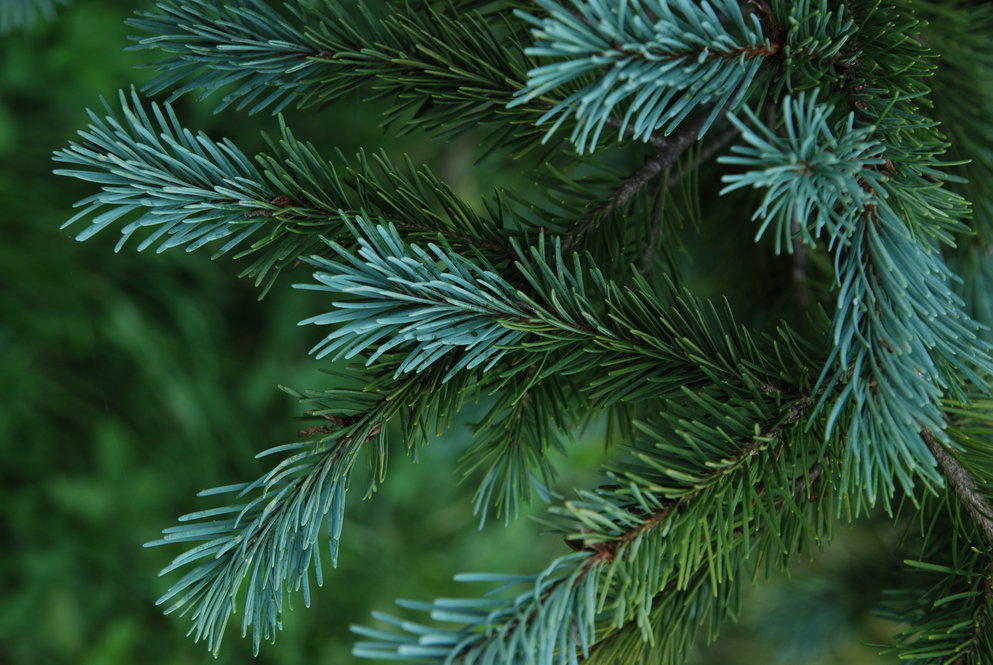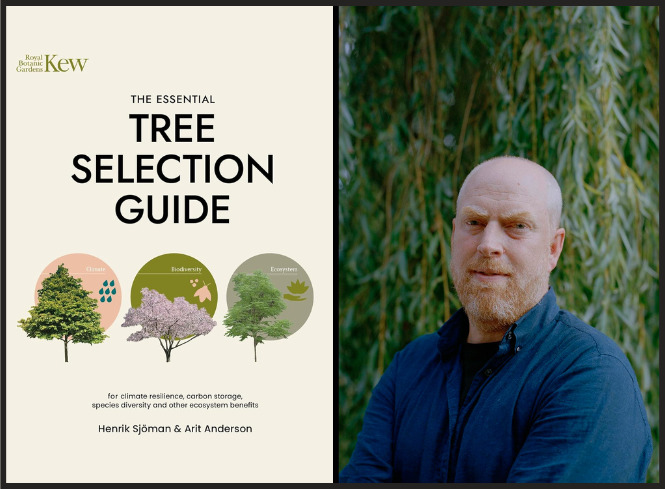Frederick Law Olmsted, considered the father of landscape architecture, designed some 500 public spaces in North America. The Arnold Arboretum is the only arboretum he designed, a National Historic Landmark, and a model for others around the world. Docent Bill Beizer, will identify the elements of the Arboretum that best reflect Olmsted’s philosophy and approach to landscape design.
Accessibility: This program will take place entirely on paved roads.
Audience: This program is geared towards adults.
Inclement weather policy: Tours will be canceled in cases of the following weather conditions: severe wind, snow, ice, thunder or lightning events; temperatures over 90 degrees; and temperatures below 20 degrees. Tours may be canceled due to other weather events at the discretion of Arboretum staff. In the case of cancelation, you will be contacted by Arboretum staff no later than 2 hours before the start of the event. If you have questions about the status of a program, please email publicprograms@arnarb.harvard.edu or call the Visitor Center desk between 10:00am and 4:00pm at (617) 384-5209.
